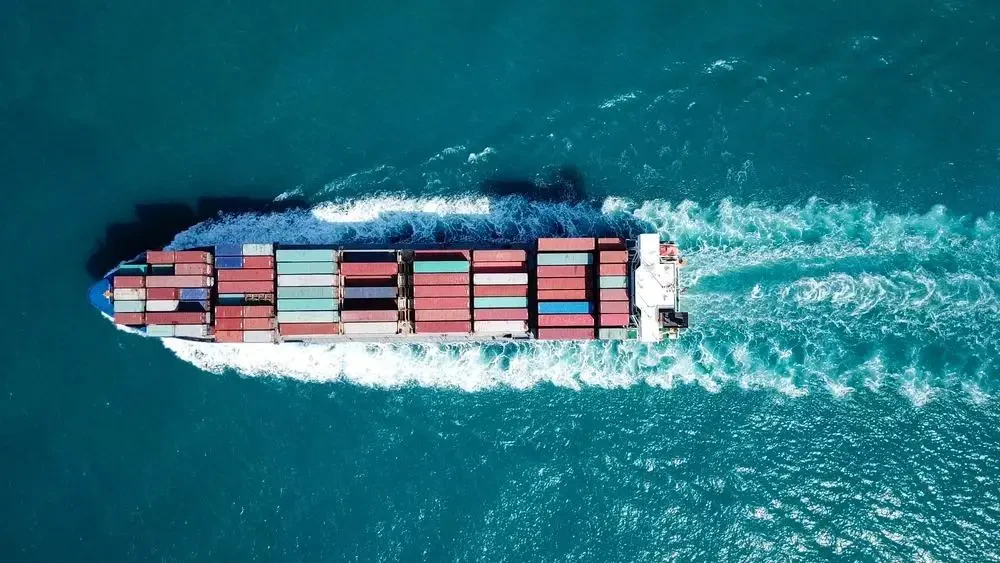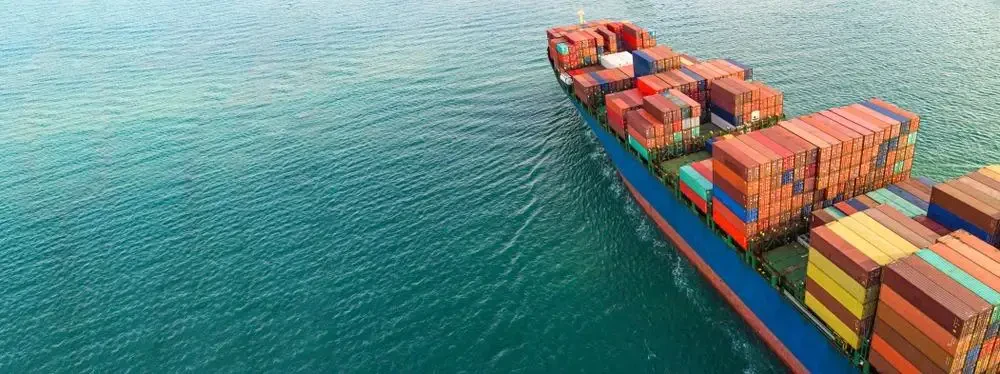Published by Chris Townsend
Last updated Jan, 06 2026

How Much Does It Cost Of Shipping A Container To Costa Rica?

There are many things to consider when you are going to ship a container across the world. It’s a very complex procedure where mistakes in packaging or documentation can be costly. You should work with a professional, like Three Movers. We can ship to several different countries, including Costa Rica. Let us get your aid started with a breakdown of how the charges are handled for this type of shipping.
Factors That Affect The Price Of Carrier
When shipping a container internationally, distance is a clear price factor. More distance means more fuel and, by extension, more money. The method of transportation is another cost factor, one that will also determine whether your cargo transportation is priced based on volume or weight during the process.
The destination port and time of the year are also relevant to determining the price. The former will impact the customs duties and service fees you’ll face. For Costa Rica, you’ll most likely be shipping to Puerto Limon by sea, or Juan Santamaria Airport by air.
The time of year is essential because of peak relocating seasons. Moving during high-demand months will cost more.
Which Size Of Container Works Best For Me?
There are 16 distinct containers, but only large corporations often employ them. Most buyers choose either the 20- or 40-foot lengths.
The contents of a three-bedroom home can be stored in a 20-foot container. A 100 washing machines or a garage would be around that large. You can also fit everything you need into a car, but there won't be much room left over. A 40-foot is the way to go if you need to transport more stuff. Double the space at no additional cost.
You can choose both options: Full Container Load (FCL) or Less Than Container Load (LCL). Traditionally, people select FCL because it means you will have a receptacle all to yourself. It’s more cost-effective and safer. However, if you don’t have enough to fill one up, LCL is a good alternative.

Instant Rates For Shipping Containers To Costa Rica
Average Container Haulage Rates Estimates

FCL Moving is best for transporting boxes, pallets, and anything requiring total shipping to Costa Rica of up to 45,000 lbs.
Full Container Load (FCL) Shipping Rates | |
|---|---|
| 20 ft Container | $1634 |
| 40 ft Container | $1868 |

LCL Shifting is a more affordable way to transport less than container load shipments to Costa Rica.
Less Than Container (LCL) Shipping Rates | |
|---|---|
| LCL | $56/CBM |
| Personal Effects | $430 |
| Household Goods | $480 |

International House moving to Costa Rica services - quick, easy, and cheap.
International House Moving Costs | |
|---|---|
| Partial House (2000Lbs & Less) | $430 |
| 1 Bedroom (3850 Lbs) | $2807 |
| 2 Bedroom (4500 Lbs) | $3305 |
| 3+ Bedroom (8750 Lbs) | $3904 |

International auto transport services to Costa Rica via RoRo and container ships. Ship cars, trucks, SUVs, ATVs, boats, RVs, heavy equipment, and more.
Container Car Shipping | |
|---|---|
| Sedan (Container) | $2156 |
| SUV (Container) | $2256 |
| Sedan via RORO | $1225 |
| SUV via RORO | $1286 |
Understanding The Different Types Of Freight Conveyance
There are three types of freight transportation that you can use. You can ship a container by air, ocean, or land shipment.
Land payload transportation is reserved for countries where you have direct land access. This is the cheapest of all three options and is available if you ship to Costa Rica from the United States. As for the land option, you can go by truck or train. Trucks have more flexible schedules, but trains are faster and cheaper.
Sea cargo usually is best when you have huge volumes of items to move, or land is not an option. This option is slower than the rest, but it has less of a problem with weight.
Finally, air freight shipping is an excellent option if you need your cargo delivered as soon as possible. It’s the fastest of all three, but also the most expensive. Here, the weight of the objects is a critical element.
Additional Expenses
There are a few additional moving fees that you need to consider:
- Customs duties
- Container inspection fees
- General Rate Increase
- Inland delivery charges
- Quarantine fees
- Insurance
You’ll be facing customs duties where you ship to. For Costa Rica, you are looking at a range between 1 and 15% for them. This ad valorem duty varies depending on the CIF (cost, insurance, freight) value of the item.
What’s Next?
If you have already decided on what you’d like to do, the only thing left to get started is to get a price quote. You still need to get an estimate to have a clear picture of how much it’ll cost you to ship your belongings. We can offer you a reliable, free quote. Complete our web form or call us at (888) 202-0036.

Frequently Asked Questions
The cost of shipping a container to Costa Rica typically ranges from $2,800–$4,800 for a 20 ft container and $4,200–$7,200 for a 40 ft container. Pricing depends on origin port, container size, FCL vs LCL, fuel surcharges, and seasonal demand. Inland transport, customs clearance, and port handling fees are usually additional. Most shipments move through ports like Limón or Caldera and follow CIF-based pricing structures.
Container shipping rates to Costa Rica are driven by container size, origin distance, FCL or LCL selection, cargo weight, and fuel and port surcharges. Additional variables include customs inspections, documentation accuracy, weather-related delays, and peak season congestion from August to November. Inland delivery costs rise with long-carry distances or restricted port access. These variables explain why rates fluctuate monthly rather than remaining fixed.
FCL is usually cheaper per cubic foot when shipping more than 12–14 cubic meters, while LCL suits smaller loads. FCL containers move directly to Costa Rica without consolidation stops, reducing handling risks and transit time. LCL shipments are consolidated and deconsolidated at multiple ports, increasing fees and delivery time. For household goods or vehicles, FCL is typically the most cost-effective and predictable option. Learn more about total pricing structures on our international moving costs page.
Costa Rica applies import duties and taxes based on the CIF value, meaning cargo value plus insurance and freight. Import duty rates commonly range from 1%–15%, with 13% VAT applied afterward. Additional fees may include customs processing, port security, and storage charges. Used household goods may qualify for exemptions under specific residency conditions, but approval is handled by Costa Rican customs authorities.
Transit times to Costa Rica typically range from 12–25 days from major U.S. ports. East Coast ports ship faster than West Coast routes. FCL shipments move more directly, while LCL shipments add 5–10 extra days due to consolidation. Weather, port congestion, and customs inspections can extend timelines. Door-to-door international moves may take longer when inland transport and final delivery scheduling are included. See typical timelines explained in our moving overseas shipping costs guide
A standard 20 ft container allows a maximum payload of about 25,000 kg (55,126 lb), while a 40 ft container supports roughly 27,500 kg (60,600 lb) depending on container specifications. Weight limits include cargo only, not the container itself. Exceeding limits can trigger port rejections, fines, or forced unloading. Accurate weight declarations are required before vessel loading and customs clearance.
Yes, container shipments to Costa Rica are trackable using the Bill of Lading or container number. Most carriers provide real-time updates showing port departures, arrivals, transshipment points, and customs status. Tracking visibility improves with FCL shipments due to fewer handoffs. For door-to-door moves, tracking also covers inland transport milestones. Full-service coordination is outlined in our international moving and storage


